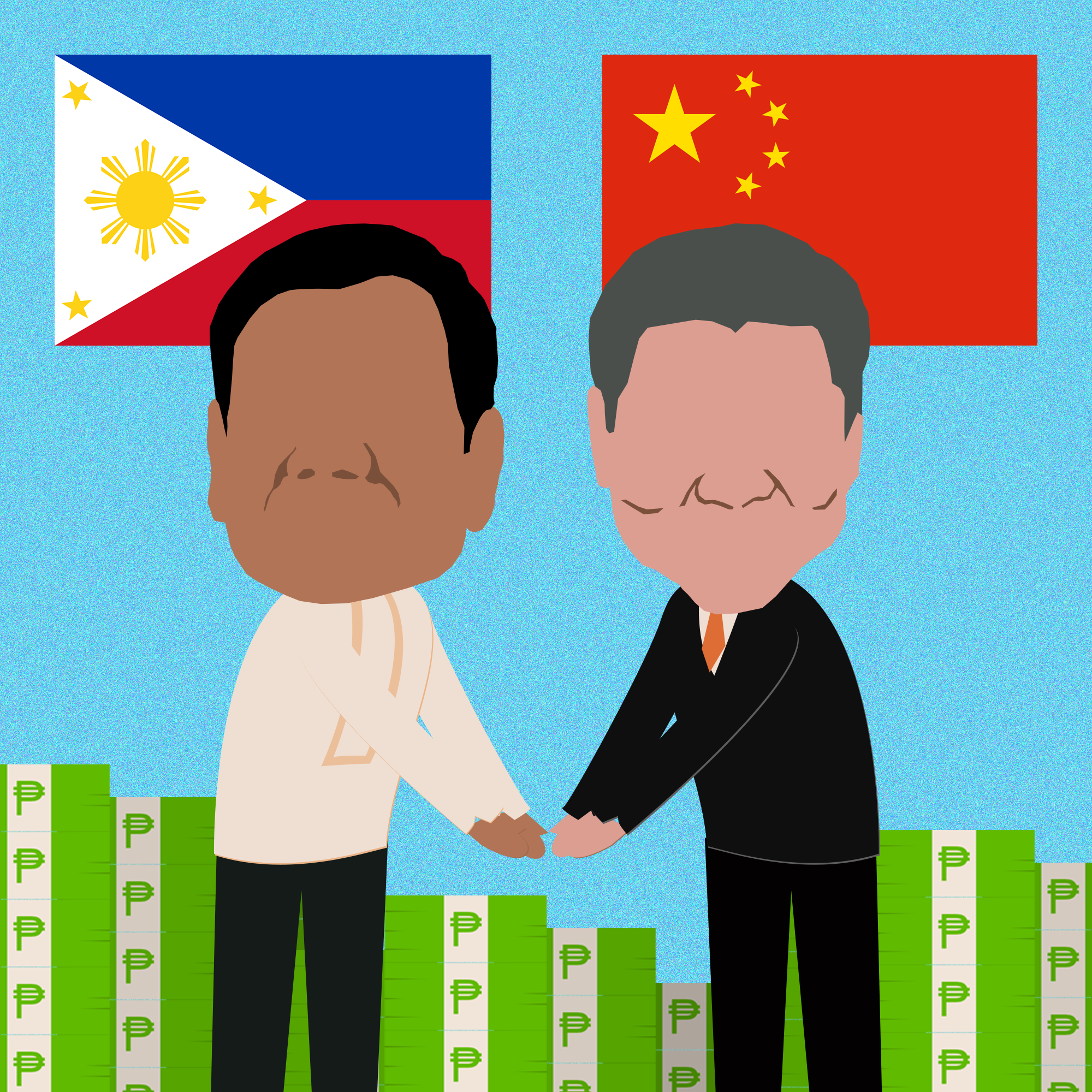Adverse economic and political trends since the start of the Duterte administration intensified last year. The risk of combustion in 2019 has become much higher. The administration has tried to project an image of economic progress and strongman-driven stability, peace and order. But if the year 2018 has shown anything it is that, halfway into the current administration, the systemic crisis of the Philippine economic and political order remains.
The economy is faltering. More and more macroeconomic indicators turned unfavorable last year. This was only a matter of time given long-unresolved imbalances and unsound fundamentals. The government’s infrastructure and spending offensive has so far kept economic collapse at bay. Fiscal stimulus will however become less and less effective as macroeconomic conditions worsen and as infrastructure bottlenecks are reached.
Neoliberal policies still prevent real and inclusive agricultural and industrial development. Domestic elites and foreign capital continue to profit but the poorest majority grapple with rising joblessness, low incomes, high prices, burdensome taxes and decrepit public services. Growing global protectionism, trade wars and brewing financial turmoil make reforms all the more urgent.
The political situation is becoming more turbulent from growing infighting amid worsening authoritarianism. Political elites are united in the political repression of democratic struggles. Yet the Duterte political clique is striving to remain ascendant against mounting challenges to its rule.
The Duterte faction has redoubled its efforts to expand its power and to extend its rule indefinitely. As with previous such attempts, the strategy is still through self-serving charter change. This may yet be pushed in the waning days of the current Congress but, if not, then certainly after mid-term election results influenced to deliver a more accommodating Senate. Failing these, there is still the possibility of de facto or even overt nationwide martial law on presidential impulse.
The president retains a core base of popularity but this is steadily eroded by accumulating controversies involving illegal drugs, smuggling and corruption. The leadership coup in Congress and too public squabbling over pork barrel meanwhile reminded of the risks attendant to shallow political alliances of convenience. The presidency remains the center of political power but, appearances and public bluster notwithstanding, neither its control over the ruling coalition nor the loyalty of its members is absolute.
In any case, authoritarianism continues to worsen and human rights violations expand in number and scope. The administration has already achieved a centralization of power and militarization of the civilian government unseen since the Marcos dictatorship nearly 50 years ago. The crackdown on progressive groups has been stepped up especially against the mainstream Left. This seeks to debilitate what has historically been the most organized and important opposition to despotism in the country.
Military operations have escalated in the countryside after the abrupt end of peace talks with the National Democratic Front of the Philippines (NDFP) and against the resurgence of Islamic armed groups. Martial law remains declared over Mindanao or a third of the country. Relations with the United States especially on military and security matters have deepened despite the administration’s flirtation with China.
The situation is increasingly unstable and vulnerable from brewing economic troubles and mounting political issues. It can be ignited by a single or set of events – flashpoints include a sudden economic downturn or, as in the past, high level corruption- or election-related issues reaching up to the presidency. The backlash against the administration’s authoritarianism is also likely to grow and give momentum to opposition to its rule.###






